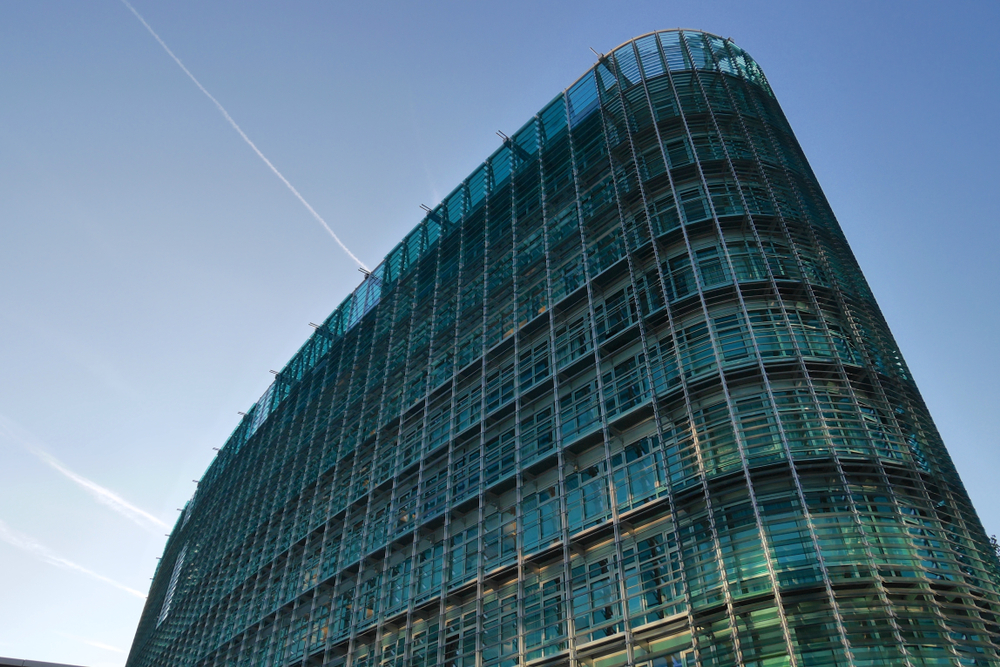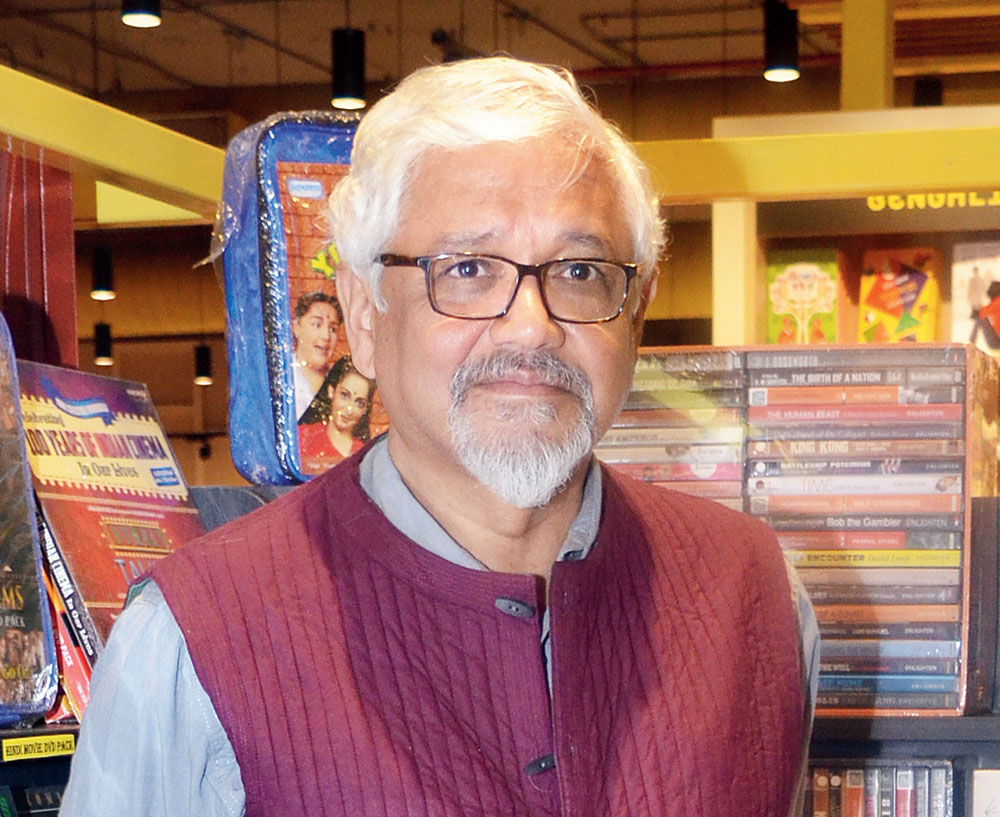“Here the stone images/ Are raised, here they receive/ The supplication of a dead man’s hand/ Under the twinkle of a fading star.” — T.S. Eliot, “The Hollow Men”
The discerning audience of Kanchenjungha may recall, while suffering vicariously with Pahari Sanyal, his anxiety for the migratory birds in flight losing their trail. “What if they lose their sense of direction?” he asks, “or worse still, if they die mid-air and fall on the ground like raindrops?” In settled climatic conditions, such events are unlikely, given the fact that large-scale and long-distance migrations of birds have been taking place since ancient times (Greek philosophers, including Aristotle, engaged with the mystery of avian migration in their discourses on nature). But man-made climatic changes can most certainly cause permanent habitat losses for birds and for all other species on the planet.
The catastrophic bushfires in Australia, which spread over more than 10,000 square kilometres of land area, were a result of record-breaking temperatures and long-term droughts on account of climate change. Till mid-January, 2020, the fires claimed 29 human lives; more than a billion animals have been affected. What is striking is the astonishing asymmetry in the number of casualties of humans as against other living species. This shows how much more vulnerable living species other than humans are, and are likely to be in the future, when the tangible effects of climate change result in more and more devastations of diverse natures and intensities. In the long run (John Maynard Keynes had said “In the long run we are all dead”), there will be far less chance of escape for humans, with the shrinking of habitats and spaces for refuge. What would such a ‘shrunk’ world look like? What will be the nature of the transformed habitats, the cities of the future, and other liveable places on the planet?
The present discourse on climate change owes much to the work of the Swedish physicist, Svante August Arrhenius, who, in the late 19th century, established that the rate of emission of carbon dioxide due to industrial production processes and other modern activities could bring about a possible climate catastrophe — high temperatures, melting of ice plates and rise in sea levels, bringing huge land masses under water and resulting in a shrunk liveable planet — in about 3,000 years. Little did he realize that the impending doom is likely to happen by the end of the 21st century! A steady rise in global temperature preceded by turbulent climate behaviour, resultant habitat loss and depleted energy resources imply that the best chance of survival of the human race is now predicated on a change of lifestyle for a predominantly urban society.
Another significant challenge is the prevailing conflict of interest between ‘environment’ and ‘development’. Current practices of development have enabled a certain pattern of international trade and global economy. It may be argued that the increase in the rate of human consumption and the ability to spend and purchase a quality of life by a segment of the global population have triggered negative impacts on the environment. While a lot is said of, and researched on, the supply side interventions — technology and its availability — fewer discourses are available on the consumer mindset, which influences consumer markets on the demand side.
The use of the information technology shows unprecedented growth in consumer demand for entertainment products such as games, movies and music on smart phone platforms. It appears that the trend, which started with the industrial revolution in the second half of the 18th century, of producing machines to make life easier for humans, has reached a point where these have been transformed into basic necessities. Newer forms of entertainment are also being demanded to better lifestyle. The disconnect between reality and fantasy is playing out like never before in these days of virtual experiences. Human society can shut its eyes to all that is happening around it, finding refuge in an alternative world of virtual bliss. It is pretty much like Nero playing the fiddle even as Rome burned.
The change from the current energy-intensive technology to the low energy alternative is not only about changing the source of energy to a renewable one but also reducing the total demand for energy. This is where such a change is expected to affect lifestyle choices that people have got used to. Unlike the energy demand for utility gadgets such as washing machines, microwaves, heaters and so on that are used for limited periods of time, luxury and leisure goods can be used endlessly. We can plan whether supply from alternative energy sources are feasible only when energy demands can be assessed.
The introduction of alternative technology to reduce energy consumption would need commitments from the global community. City densification models, which support walkable cities and closer live-work systems, would have to be reworked. How would tangible and virtual spaces be imagined in such increasingly vertical cities? How does one negotiate diversity in the new world order of climate migration within multicultural and multiethnic urban spaces? What will be the future habitat structure? These are all ingredients of a socio-spatial reality that we are about to confront.
How will city centric, anthropogenic societies exist as islands amidst huge stretches of waste land?













